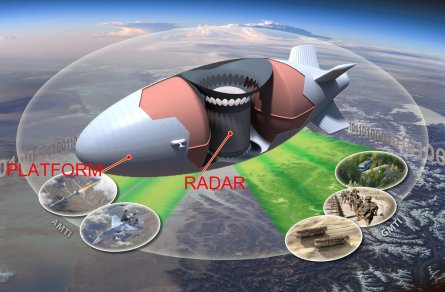Lockheed Martin has won a $400 million contract to build a high-altitude airship demonstrator with radar technology so powerful it could spot a car hidden under a canopy of trees more than 300 km away.
The Integrated Sensor is Structure (ISIS) programme aims to replace several airborne surveillance platforms, including the Boeing E-3 airborne warning and control system (AWACS) and E-8C joint surveillance target attack radar system (JSTARS), with a single fleet of stratosphere-roaming airships.
The Defense Advanced Research Projects Agency (DARPA) and the US Air Force selected Lockheed’s Skunk Works division over a rival bid from Northrop Grumman to build and fly a demonstrator aircraft with a scaled down sensor system in Fiscal 2013.
“This is an extremely advanced machine that represents a dramatically different approach to persistent real-time intelligence gathering and to the overarching utility of airships,” Lockheed programme manager Eric Hofstatter says in a statement.
 |
|---|
©Lockheed Martin |
The demonstrator aircraft will be equipped with a dual band UHF radar for tracking ground vehicles or dismounted soldiers measuring 600 square meters and X-band radar for spotting small cruise missiles or unmanned aerial vehicles (UAVs) measuring 100 square meters, according to DARPA.
Both demonstrator sensors are significantly smaller than the envisioned operational system, which is expected to occupy an area 6,000 square meters across, says DARPA. That is equivalent to the size of a 15-story building, the agency notes.
The massive size of the radar aperture makes them more capable than the 375km range of the AWACS radar and the 300km range of the JSTARS radar.
An ISIS platform staged in the middle of the
The aircraft could remain on station for several years. Fuel cells regenerated by solar power would not require ground refueling. The aircraft could reposition itself anywhere in the world within 10 days, according to DARPA’s description. The ground system also would be based on
Source: FlightGlobal.com























